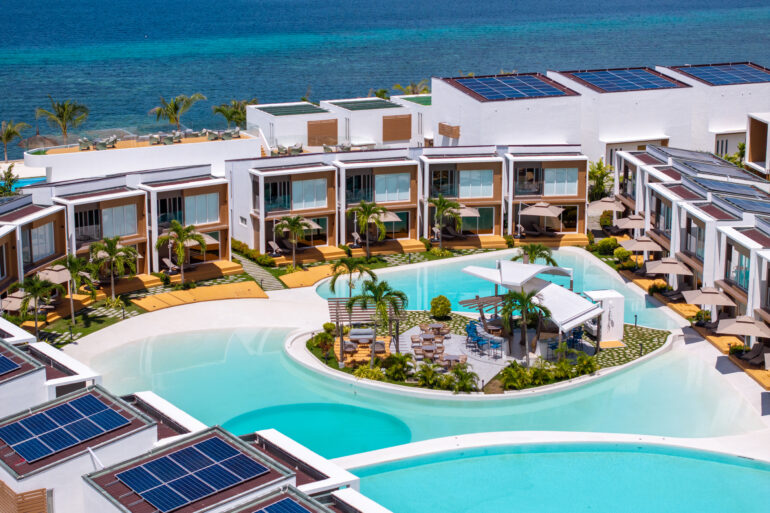The special tour focuses on craft villages, as well as heritage and relic sites.
Heads up to those of you planning to travel to Vietnam soon!
Hanoi’s Department of Tourism recently added three charming villages to its tourism map, according to Viet Nam News. While the country’s capital is known for its 24/7 energy, a quick venture outside the city center reveals peaceful and lovely villages, specifically in the south.
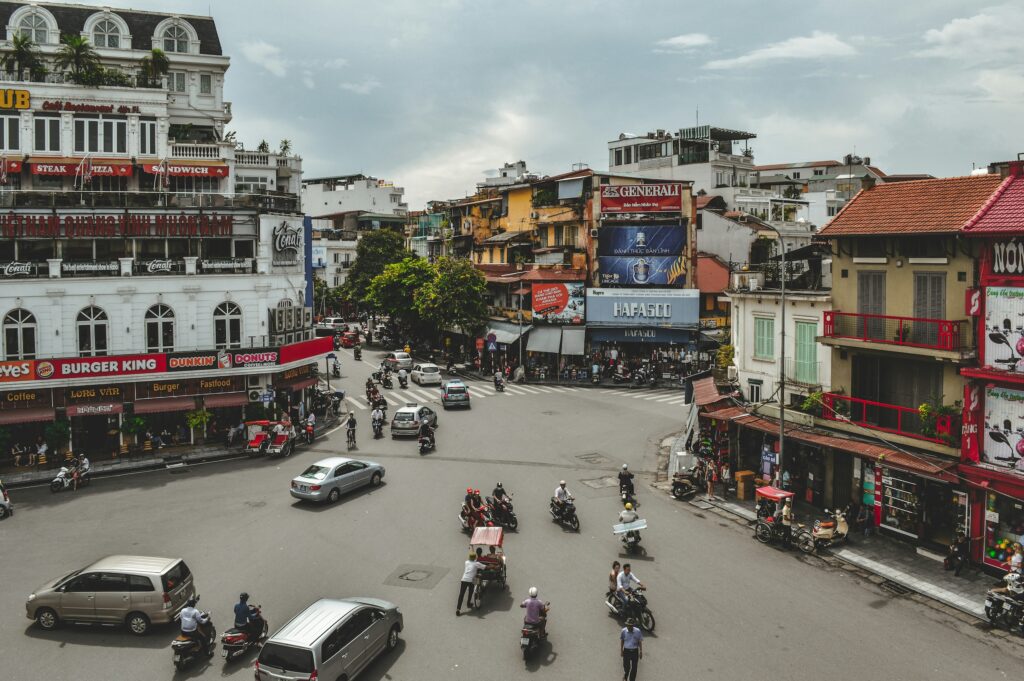


With the special tour called “Con Đường Di Sản Nam Thăng Long” or “Exploring the Heritage Road in South Thăng Long”, with Thăng Long as the former name of Hanoi, the Tourism Department aims not only to bring in more local and foreign tourists, but also make them stay longer in the city.
Ngâu Village
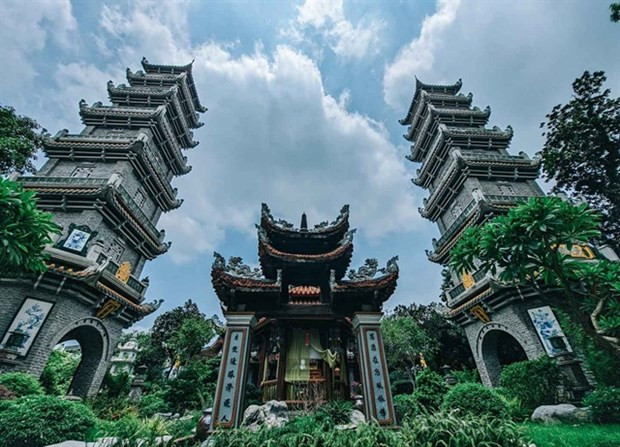


The first of the three villages lies about 15 km from the city center and is home to the Ngâu Pagoda. It was built in 1130 and is believed to be the first pagoda where local people worshiped the Buddha and the Goddess Ngâu.
It was destroyed and abandoned during the war before being rebuilt in 1995. Despite the reconstruction, the pagoda remains true to its original architecture.
Ngâu Village is also known for its daisy-scented rice wine, which is said to have been invented around the 14th century. It was praised as one of the two best wines of Hanoi by the Vietnamese Confucian scholar-statesman Nguyễn Trãi.
Ngâu villagers still produce the unique wine following their ancestors’ secret recipe.
According to the same article, Đỗ Thị Kim Chi, a local brewer, shared that to make good wine it takes nearly a year to prepare the ingredients alone. Afterwards, the floral-flavored wine is buried for the yin and yang elements to be balanced. Brewers in the village have established the Cooperative of Ngâu Wine Production and Trade Services to promote the ancient craft and ensure its quality and authenticity.
Phúc Am Village
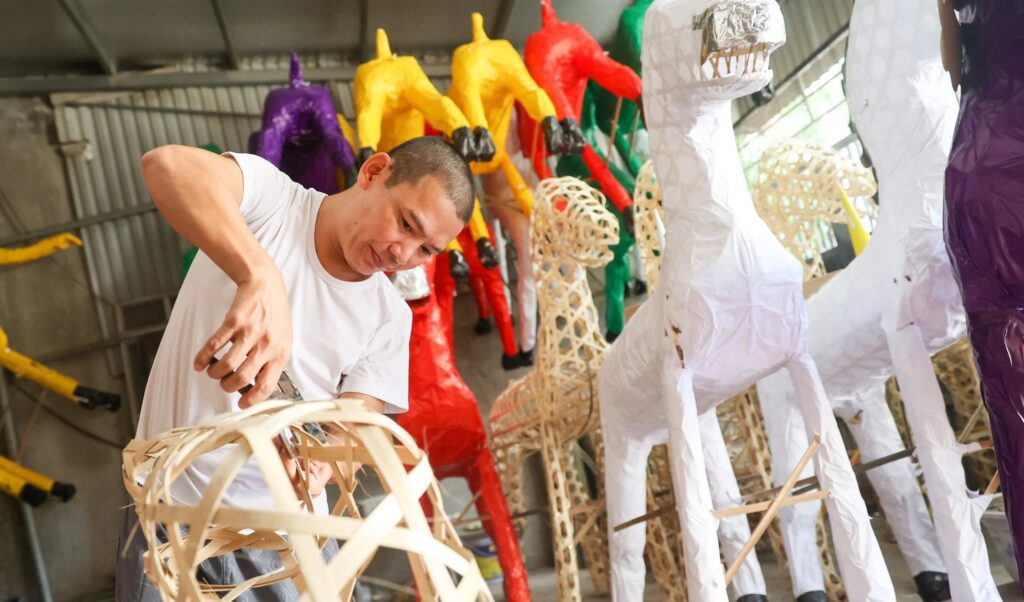


This community is located nearly 10 km from Ngâu. If the previous village is known for its wine, Phúc Am specializes in producing votive offerings and is famous for the creativity of its townsfolk.
The products made here include colorful paper clothes, horses, elephants, and figures of deities, which are usually burnt as offerings during funerals and other ceremonies.
Many households still keep the craft alive, not only as a source of livelihood but also to preserve an age-old tradition.
Cựu Village
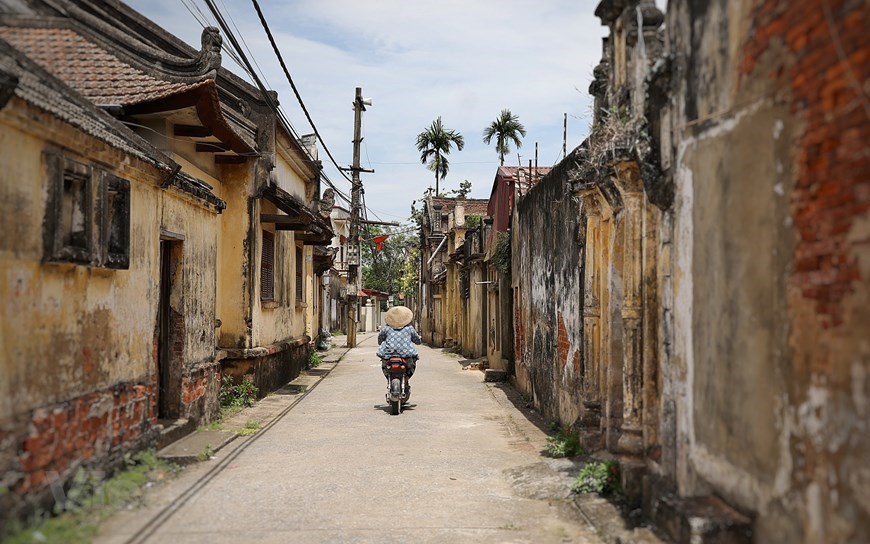


The 500-year-old village, which is about 40 km from Hanoi’s center, is the last stop of the tour. It boasts dozens of old houses with Vietnamese and French architecture set in the middle of a rustic and tranquil area, making it an ideal location for television and movie productions.
As per the same article from Viet Nam News, from 1920 to 1945, dozens of villas were built with “arched architecture, flowing roofs, and ironwood.” Small delicate details on these structures include bas-reliefs of flowers, cranes, and phoenixes.
Cựu Village has been a prosperous tailoring hub since the early 20th century, with its villagers renowned in the country for their skills in embroidery. Many families still have sewing businesses there.
A precursor to more tourism circuits
Phan Huy Cường, head of the Planning Office at the Department of Tourism, said the tour provides a basis for developing similar projects that focus on heritage, relic sites, and craft villages.
He hopes the new tour would enrich tourists’ experience, bringing a “new breeze” to the tourism industry of Hanoi.
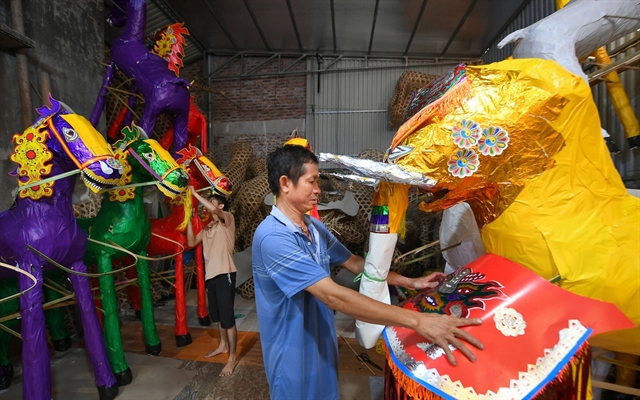


Chairman of the Hà Nội Travel Association Phùng Quang Thắng said: “Connecting inter-regional routes aims to diversify tourism products linking localities together, promoting tourism in the region. This route will help enhance the image of all three localities while helping promote services and develop infrastructure.”
He added that it will also lead to cultural exchange, and the protection of the environment and local ecosystems.


